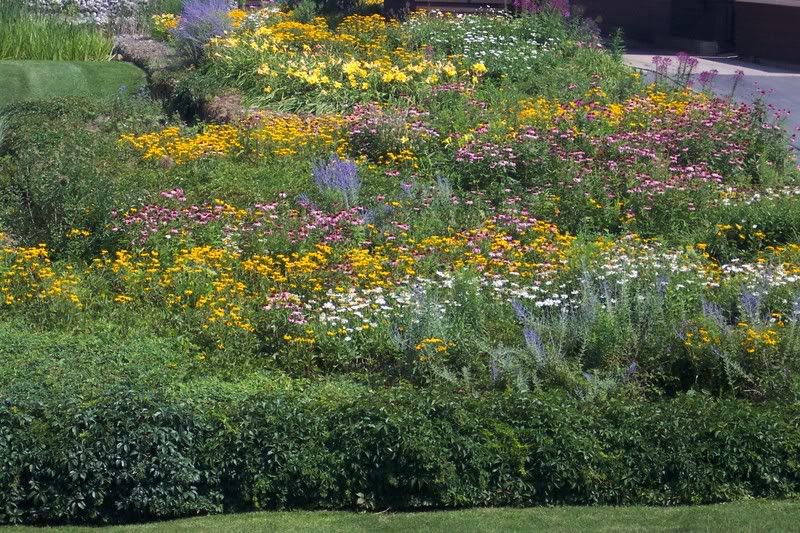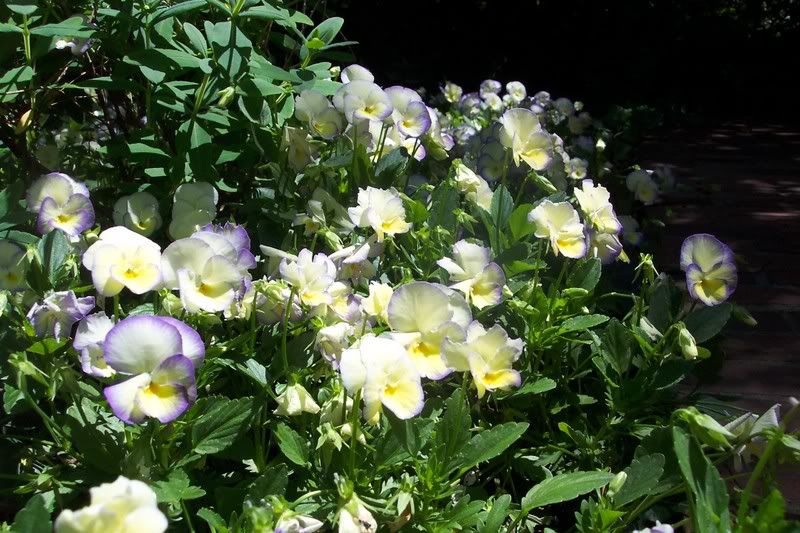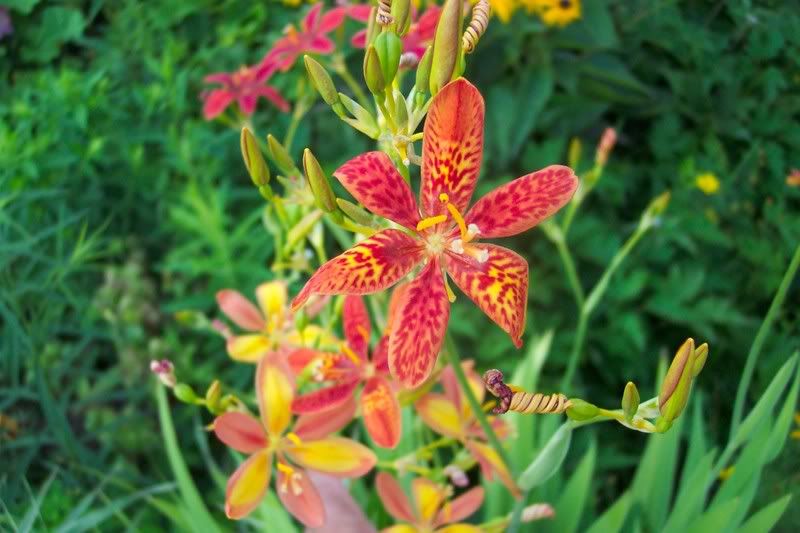Today we planted part of our outdoor fall vegetable garden.
The list of vegetables today included:
- Lettuce: Iceberg (Crispino), Romaine, Buttercrunch, Black Seeded Simpson
- Onions: White Spear (for green bunching onions)
- Spinach
- Beets (Detroit Dark Red)
One thing you have to be concerned about when planting these cool weather crops is the weather. Today it was fairly cool, in the low 70′s for the high. Also, after yesterday’s rain, the soil temperature was cool as well, making ideal germinating conditions for the lettuce seeds.
The forecast for the remainder of the week is for a return to hot summer temperatures. If air and soil temperatures get too warm, these cool weather seeds may not sprout. It’s worth taking a chance on the weather however, as we usually get most of our fall crops to grow.
Of course, weather at the other end of the season is as much a concern. A colder than average fall can ruin these crops… that however, will be discussed in a future post!
I’m thinking about sowing peas as well. I have never had much luck with a fall pea crop, but, I have plenty of seed left over from the spring and will probably go ahead and plant them anyway.
Each fall I get a big kick out of looking at the prices of lettuce in the produce department as I harvest our own from the garden. It doesn’t take much to entertain me. ![]()
Bob



